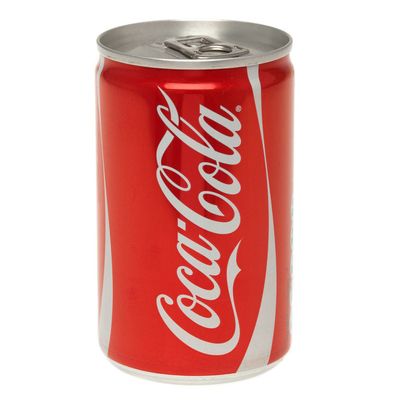
Now that sugary drinks are wildly getting taxed or kicked off menus or compared to cigarettes, six in ten Americans say they actively avoid sodas these days. And yet soda’s 2015 sales effectively stayed flat, in terms of sales dollars — the best showing since 2012 — while, by some sorcery, decreasing in terms of volume sold. How can that be? The only explanation is that people are trading their full-size Cokes for those baby cans, ostensibly in the name of fewer calories and self-restraint. The problem is they actually cost more per ounce.
It’s unwritten economic law that people pay more as things get smaller (and therefore, cuter). And so prices for, say, the tiny seven-and-a-half-ounce cans of Coke can run about seven cents per ounce, while the regular cans go for closer to four cents per ounce — an impressive markup, considering the only difference once open is psychological. Coke says sales of smaller sodas rose 15 percent in the first nine months of 2015, while sales of larger sizes have dropped about 5 percent since 2011. Pepsi, meanwhile, says big bottles and cans are down 2.6 percent since 2011, but the smaller sizes it offers climbed 1.8 percent during this same period.
Some consumers say it’s legitimately part of a health or weight-loss strategy, but buyers ought to beware, since soda-makers are full of stunts right now. There’s actually a page on Coke’s website explaining the shift to smaller cans that’s called, maybe a little too truthfully, “Less Is More.”
[WSJ]




